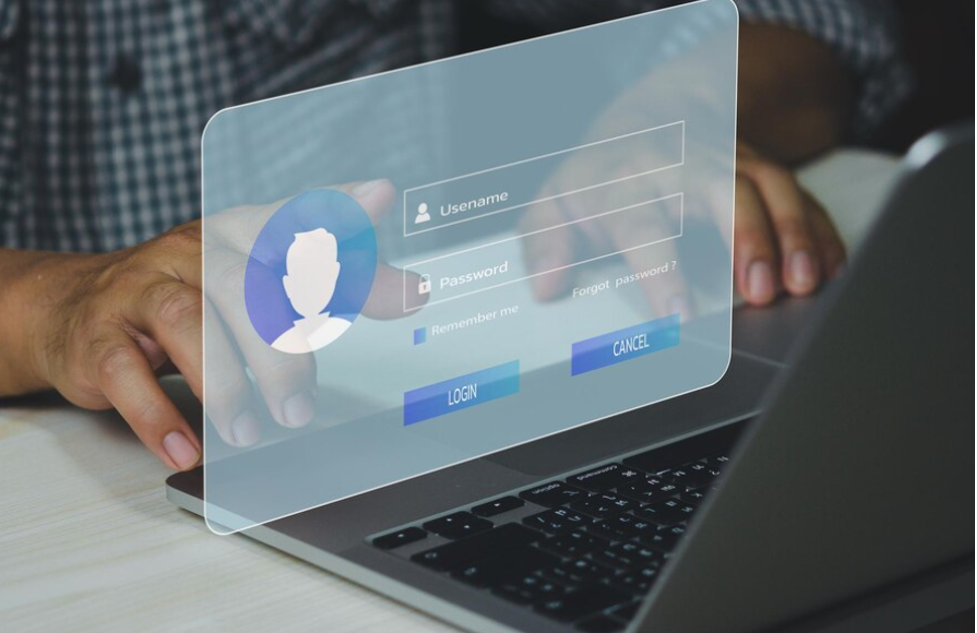LinkedIn has become the cornerstone of professional networking, connecting over 65 million users globally. From career development to business expansion, the platform offers opportunities for both individuals and organizations. However, extracting its full potential often requires specialized tools to manage accounts, gather data, or automate tasks. This is where a LinkedIn proxy becomes indispensable. By masking your IP address and ensuring secure access, a LinkedIn proxy enables efficient and safe activity on the platform. Platforms like Scraping Proxies Best help users identify and choose the most effective proxies to navigate LinkedIn safely and maximize productivity.
What Is a LinkedIn Proxy?
A LinkedIn proxy acts as an intermediary between your device and the LinkedIn platform. It conceals your actual IP address and replaces it with one from another server. This feature allows users to bypass restrictions, automate tasks, and gather data without risking detection or account bans.
For instance, managing multiple accounts for marketing campaigns or scraping user data for research becomes more secure and efficient when using proxies. Proxies ensure that LinkedIn’s automated systems do not flag unusual activity, making them a valuable tool for professionals and businesses.
How LinkedIn Proxies Work
LinkedIn proxies reroute your internet traffic through alternate IP addresses, allowing you to perform activities undetected. Their key functionalities include:
- IP Masking: Proxies hide your real IP address, offering privacy and anonymity.
- Rotating IPs: New IP addresses are assigned to each session, reducing the risk of detection.
- Bypassing Restrictions: Access content or features that may be restricted based on your geographic location.
With proxies, tasks like automation, account management, and data scraping become seamless, allowing you to focus on strategy rather than operational challenges.
Types of LinkedIn Proxies
Choosing the right proxy depends on your specific needs. Here are the main types:
- Residential Proxies
- Routes traffic through IP addresses from real devices.
- Ideal for scraping LinkedIn profiles, as it mimics genuine users.
- Highly anonymous and effective for managing multiple accounts.
- Datacenter Proxies
- Uses IP addresses from data centers.
- Offers faster speeds at lower costs, suitable for tasks requiring high efficiency.
- Less authentic than residential proxies, making them better for speed-focused tasks.
- Mobile Proxies
- Leverages IPs from mobile devices connected to 3G or 4G networks.
- Useful for managing LinkedIn accounts via mobile applications.
- Rotating Proxies
- Switches IP addresses periodically, perfect for large-scale data scraping.
- Ensures LinkedIn cannot easily detect repetitive activities.

Benefits of Using LinkedIn Proxies
- Enhanced Privacy and Security
- LinkedIn proxies protect your personal information by masking your IP address.
- They minimize the risk of detection during automation or scraping tasks.
- Efficient Account Management
- Manage multiple LinkedIn accounts without risking suspension.
- Each account can operate under a unique IP address, maintaining anonymity.
- Data Scraping and Research
- Collect valuable market data from LinkedIn without triggering anti-scraping mechanisms.
- Proxies distribute requests across multiple IPs, preventing blocks or captchas.
- Overcoming Geo-Restrictions
- Access LinkedIn content tailored to specific regions by using proxies with regional IPs.
- Useful for targeting local markets or conducting region-specific research.
Real-Life Applications
Example: A marketing agency managing 50 LinkedIn accounts uses rotating residential proxies to conduct outreach campaigns. By switching IPs for every session, the agency avoids detection, allowing them to target diverse demographics effectively.
Another case involves a data analytics company scraping job listings to analyze industry trends. With a LinkedIn proxy, they can gather data efficiently while adhering to LinkedIn’s limits.
Tips for Choosing the Right LinkedIn Proxy
When selecting a proxy, consider these factors:
- Anonymity: Ensure the proxy service offers robust privacy features, such as rotating IPs.
- Speed and Performance: Opt for proxies that provide fast and reliable connections.
- Location Coverage: Choose proxies with IPs from the regions relevant to your LinkedIn activities.
- Reputation: Use services recommended by platforms like Scraping Proxies Best, which provide in-depth reviews and guidance.
Best Practices for Using LinkedIn Proxies
- Respect LinkedIn’s Terms: Avoid spamming or excessive scraping to maintain a good standing on the platform.
- Use Rotating Proxies: Prevent detection by frequently switching IP addresses.
- Monitor Proxy Performance: Regularly check the efficiency of your proxies to ensure uninterrupted activity.
Conclusion
Using a LinkedIn proxy is a game-changer for professionals and businesses aiming to unlock LinkedIn’s full potential. Whether you’re managing multiple accounts, conducting research, or automating tasks, proxies provide the privacy, efficiency, and security needed to succeed. With platforms like Scraping Proxies Best, finding the right proxy solution becomes easier, helping you achieve your goals while navigating LinkedIn’s restrictions with confidence.
Proxies are more than just a technical tool—they’re an investment in optimizing your LinkedIn strategy. By incorporating proxies into your workflow, you can enhance your productivity, scale your operations, and ensure seamless access to the world’s leading professional network.
Lynn Martelli is an editor at Readability. She received her MFA in Creative Writing from Antioch University and has worked as an editor for over 10 years. Lynn has edited a wide variety of books, including fiction, non-fiction, memoirs, and more. In her free time, Lynn enjoys reading, writing, and spending time with her family and friends.















